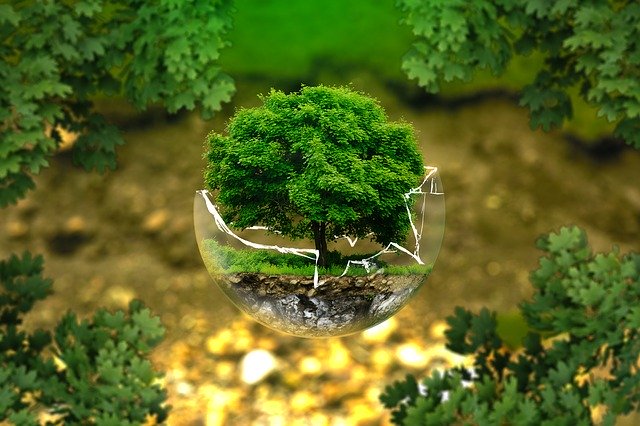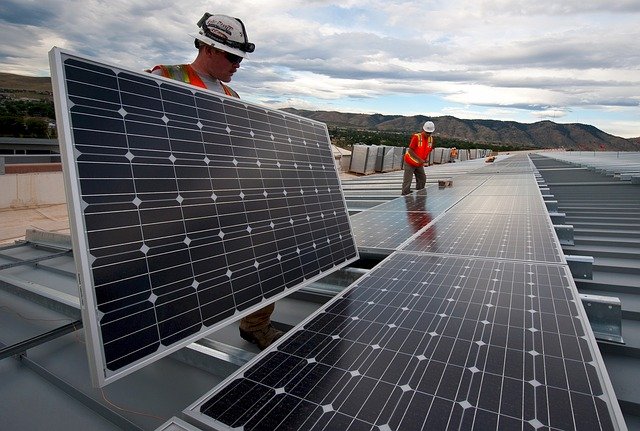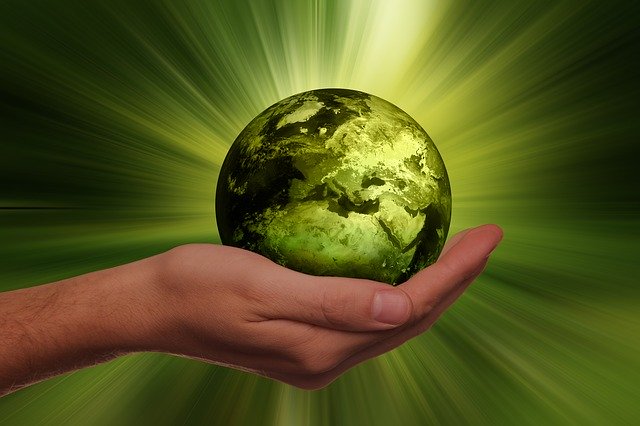The Environmental Outlook is Grim
Sometimes we can get rather distracted by the economic woes of our nations. I wonder does anyone else seem to notice that in recent months that the environmental issues seem to increasingly take a back seat to our other problems particularly in the media. Of course it’s quite understandable – tales of Greek pensioners and Spanish Unemployment are obviously having a very real impact on many people. The European crisis is affecting many millions of people both directly and indirectly. I seem to spend my evenings watching tales of woe from the BBC news on my computer – this is how I get access. But however bad these might seem I suspect the long term implications of our global environmental crisis could be much, much worse.
Of course I may just be annoyed that my ‘green blog’ has suffered a fall in visitors but speaking to some environmental lobbyists last week I fear I’m not alone. There seems to be a huge amount of inaction in dealing with environmental issues, it’s as thought they’ve been put on the back burner whilst we sort this economic problems out. But of course our industrial expansion at all costs is what has caused these problems in the first place. Phrases like ‘stimulating demand’ and ‘boosting consumption’ may help economically but they’re almost certain to have a negative effect on the planet.
Our demand for scarce resources continues to grow – whilst the supply of water, forests and fish in the sea decline at the same time. The Global Environmental Outlook published by the United Nations recently reported that out of 90 common ecological goals for the world – significant progress has been reported in four of them. That’s pretty pathetic whatever the distractions – consider just a couple of them – global air pollution is estimated to kill 6 million a year or that carbon emissions is expected to cause a temperature change of 3 degrees by the beginning of the next century. These issues are going to make the Eurozone or banking crisis look pretty insignificant soon.
As for my website well hopefully one day it will return from the depths of the search engine rankings. In the meantime, if you’ve a message to get out then the day of the traditional blog is probably over, social media seems to be the key. You can get your message out in many different forms with out the backing of a huge media budget and you don’t need to be on TV at all – check this.




